How Personalized Tutoring Plans Improve Academic Performance
Every student learns differently. That's why Personalized Learning Plans (PLPs) have become such a powerful tool in education. These plans are custom roadmaps that match how each student learns best.
Studies show that Personalized Learning Plans are effective. Research from the RAND Corporation (2017) found that students using PLPs gained an average of 3 percentile points in math and reading compared to peers in traditional programs. Similarly, a 2019 study published in the Journal of Educational Psychology reported that 68% of students using PLPs improved by at least one letter grade within just 4 to 5 months.
Here's what makes a Personalized Learning Plan so effective:
- It focuses on each student's unique needs
- It sets clear, achievable goals
- It tracks progress in real-time
- It adjusts based on how well the student is doing
Think of a PLP like a GPS for learning. Just as a GPS finds the best route for you, a PLP creates the best path for each student's success. Whether you're trying to boost your GPA or master a tough subject, a PLP helps you get there step by step.
Core Elements of an Effective Learning Plan
A good Personalized Learning Plan starts with four key building blocks. Let's look at what makes these plans work so well for students.
- Clear learning goals that students and parents help create
- Regular check-ins to measure progress
- Specific study strategies that match the student's learning style
- Adjustable learning timelines that can change as needed
How Personalized Learning Plans Help Improve Grades
Student Assessment
The first step is always a thorough assessment. We need to know where a student stands in each subject and what challenges they face. This helps us set realistic goals that push students to improve while keeping them motivated.
Strength-Based Learning
Students do better when they have a say in their learning. That's why we include their interests and hobbies in the plan. A student who loves sports might practice math using baseball statistics. Someone interested in music could learn history through songs from different time periods.
Understanding Learning Style
Every student learns differently. Some students understand better when they see pictures or diagrams. Others learn best by listening or doing hands-on activities. A good learning plan matches these different learning styles. At Benchmark Learning, our tutors adjust teaching methods based on what works best for each student.
Adaptable Feedback
The best learning plans are flexible. Sometimes students progress faster or slower than expected. That's normal! We can speed up or slow down the plan as needed. If one approach isn't working, we try something else. The goal is to keep students moving forward and feeling confident about their progress.
Benefits of Implementing Personalized Learning Plans
Personalized Learning Plans (PLPs) create real results for students. Here's how they make a difference in academic success:
Better Academic Results. Students who use PLPs often see their grades improve.
More Student Interest. When students help create their own learning plans, they care more about their studies.
Clear Progress Tracking. PLPs make it easy to see how far students have come.
Personal Support. Every student gets help that fits their needs.
Build Learning Skills. PLPs help students become better at learning on their own.
These benefits work together to help students do better in school. When students use PLPs, they don't just improve their grades - they become stronger, more confident learners.
Creating an Effective Learning Plan
A strong Personalized Learning Plan starts with knowing exactly where a student stands. Let's break down how to build one that works.
Initial Student Assessment
Understanding a student's needs helps create a plan that fits each student perfectly. To assess a student, a tutor:
- Reviews current grades and academic records
- Tests for learning style preferences
- Checks for any learning gaps
- Identifies strengths and areas for improvement
- Notes student interests and motivations
Setting Clear Goals
Your student's goals need to be SMART - Specific, Measurable, Achievable, Relevant, and Time-bound. For example:
- Improve math grade from C to B+ by end of semester
- Complete 3 practice essays per week
- Master multiplication tables in 6 weeks
Creating the Timeline
Break down big goals into weekly chunks. This makes progress easier to track and keeps students motivated. A good timeline includes:
- Short-term goals (2-4 weeks)
- Medium-term goals (1-3 months)
- Long-term goals (semester/year)
Tracking Progress
Regular check-ins are crucial. We recommend:
- Weekly progress reviews
- Monthly goal assessments
- Quarterly plan adjustments
- Keeping a simple progress log
Remember - the best plans are flexible. If something isn't working, don't be afraid to adjust. The goal is helping students succeed, not sticking to a rigid plan that isn't getting results. A good PLP grows with the student. Make time every few weeks to review and update the plan based on progress, challenges, and changing needs.
Role of Key Stakeholders
Success with Personalized Learning Plans (PLPs) depends on everyone working together. Let's look at what each person needs to do.
Student Responsibilities
- Complete assigned work on time
- Track progress in a study log
- Ask for help when needed
- Give honest feedback about what's working
- Stay committed to academic goals
Teacher and Tutor Roles
- Teachers and tutors are key to making PLPs work. They:
- Create custom lesson plans based on student needs
- Give regular feedback on progress
- Adjust teaching methods when needed
- Keep detailed records of student performance
- Share updates with parents and school staff
How Parents Can Help
- Parents play a big role in their child's success. They should:
- Create a good study space at home
- Check in on homework and assignments
- Talk with teachers about their child's progress
- Support their child's learning goals
- Help keep their student motivated
Good communication between everyone is super important. Weekly check-ins, progress reports, and regular meetings help keep everyone on the same page. When students, teachers, and parents, PLPs work better and students learn more.
Key Takeaway
Personalized Learning Plans make a real difference in how students learn and grow. These plans help students work at their own pace, focus on what they need most, and feel more confident about school. When students, teachers, tutors, and parents work together with these plans, grades go up, and learning becomes more fun.
Ready to boost your academic success? Start by talking to our tutor about creating your student's learning plan today. The future of education is becoming more personal, and there's never been a better time to get started. Check out our free resources section or schedule a chat with one of our tutors to begin your journey toward better grades and stronger study habits.

.jpg)

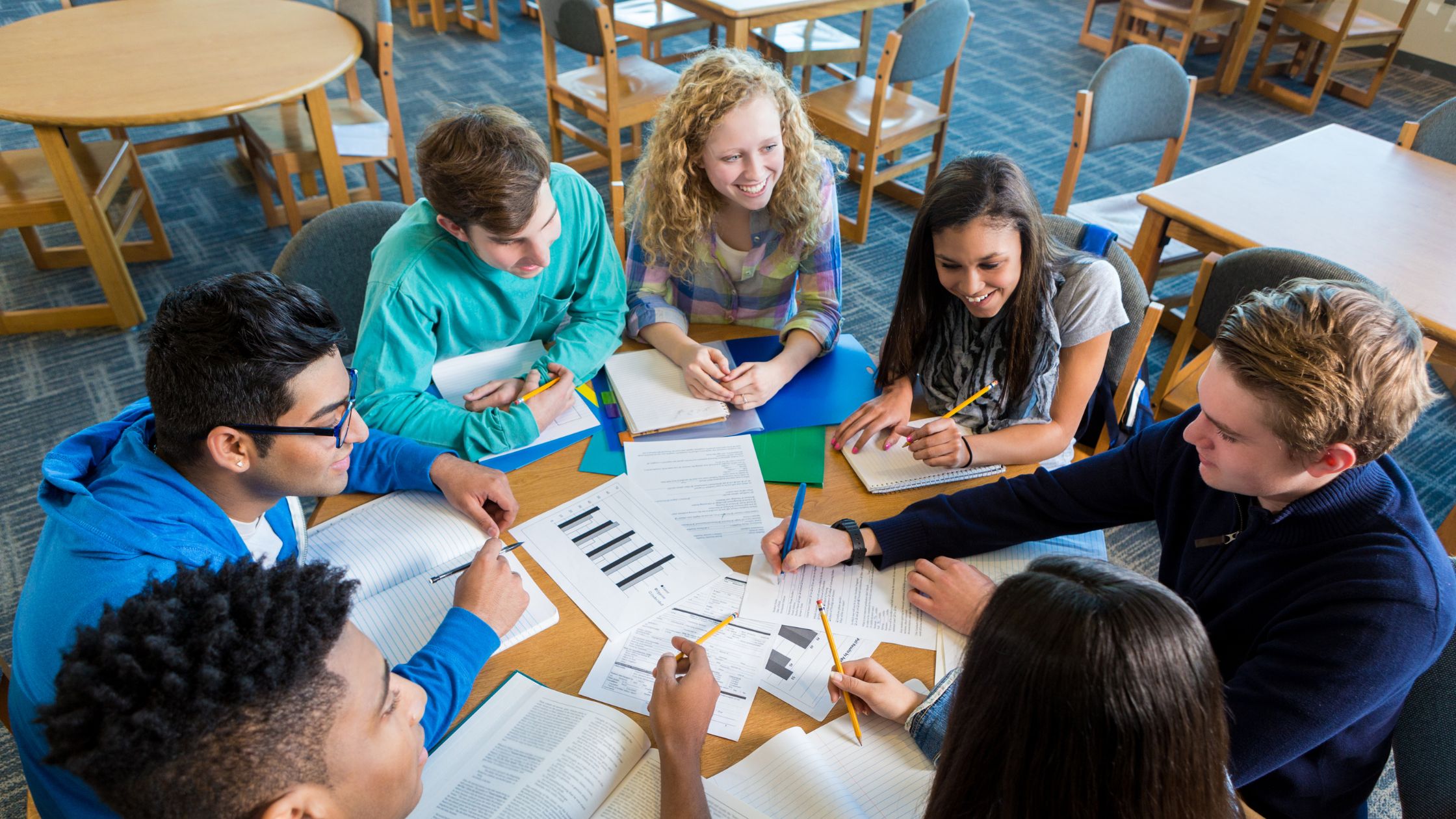
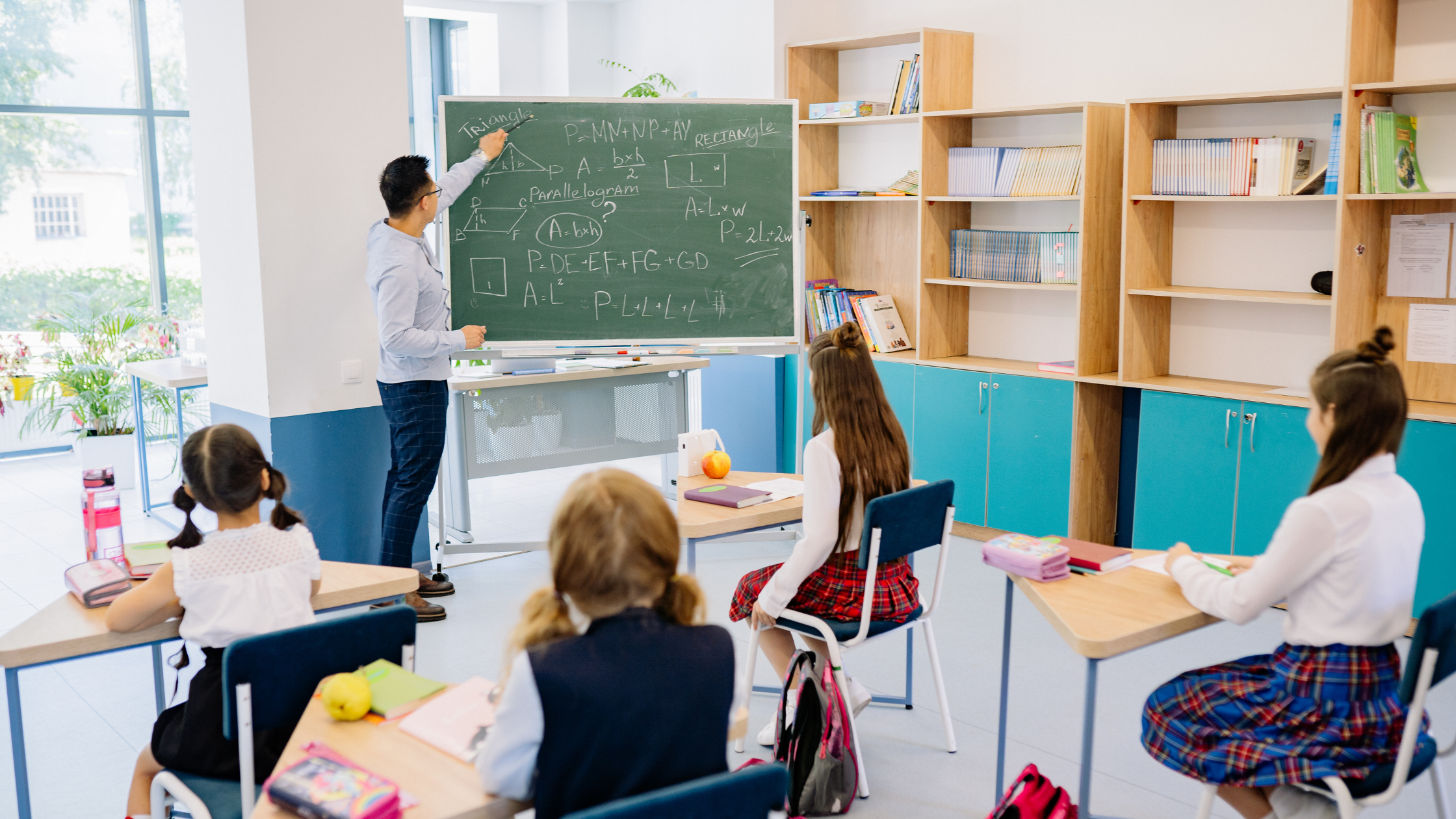
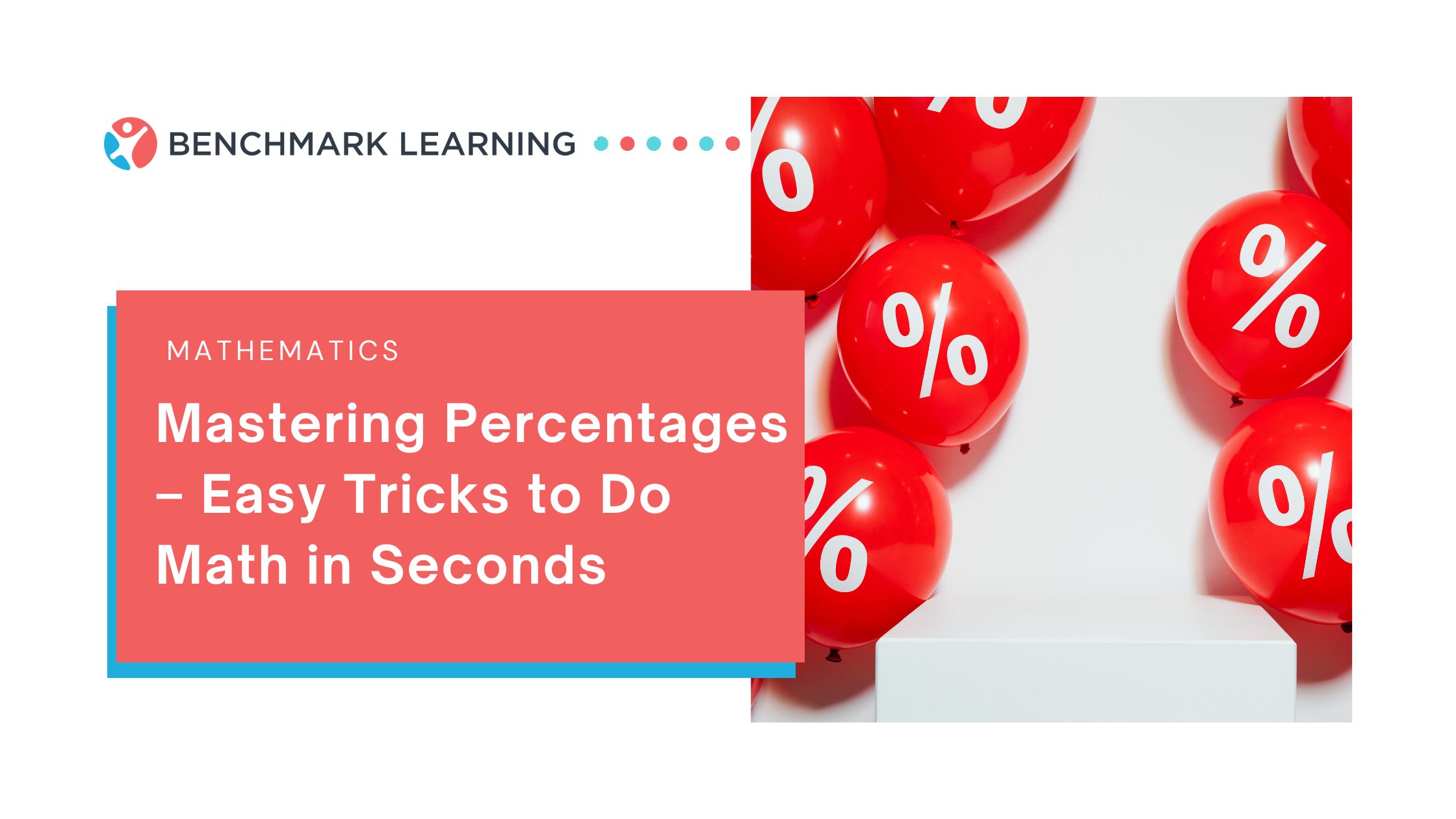
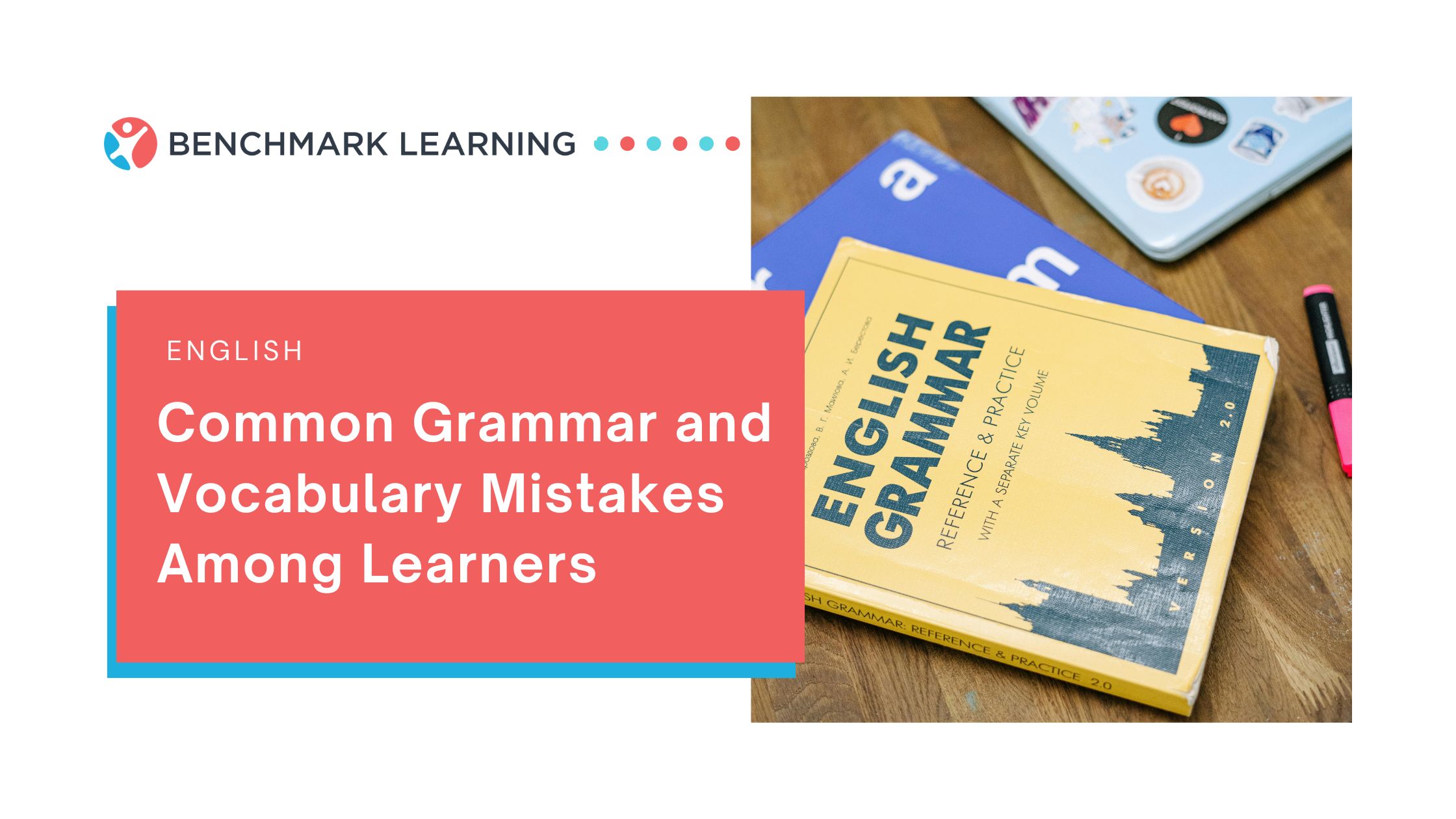
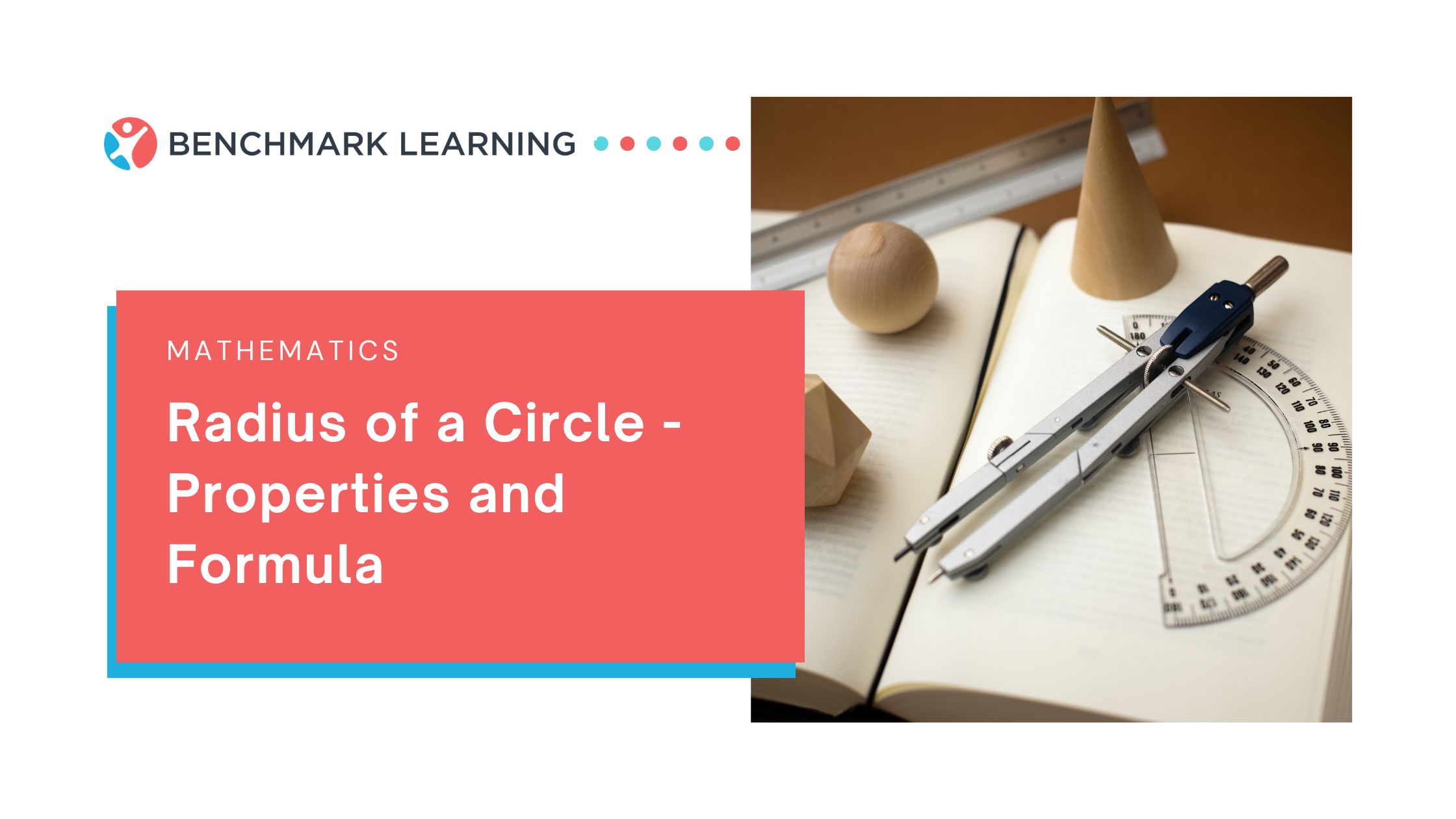
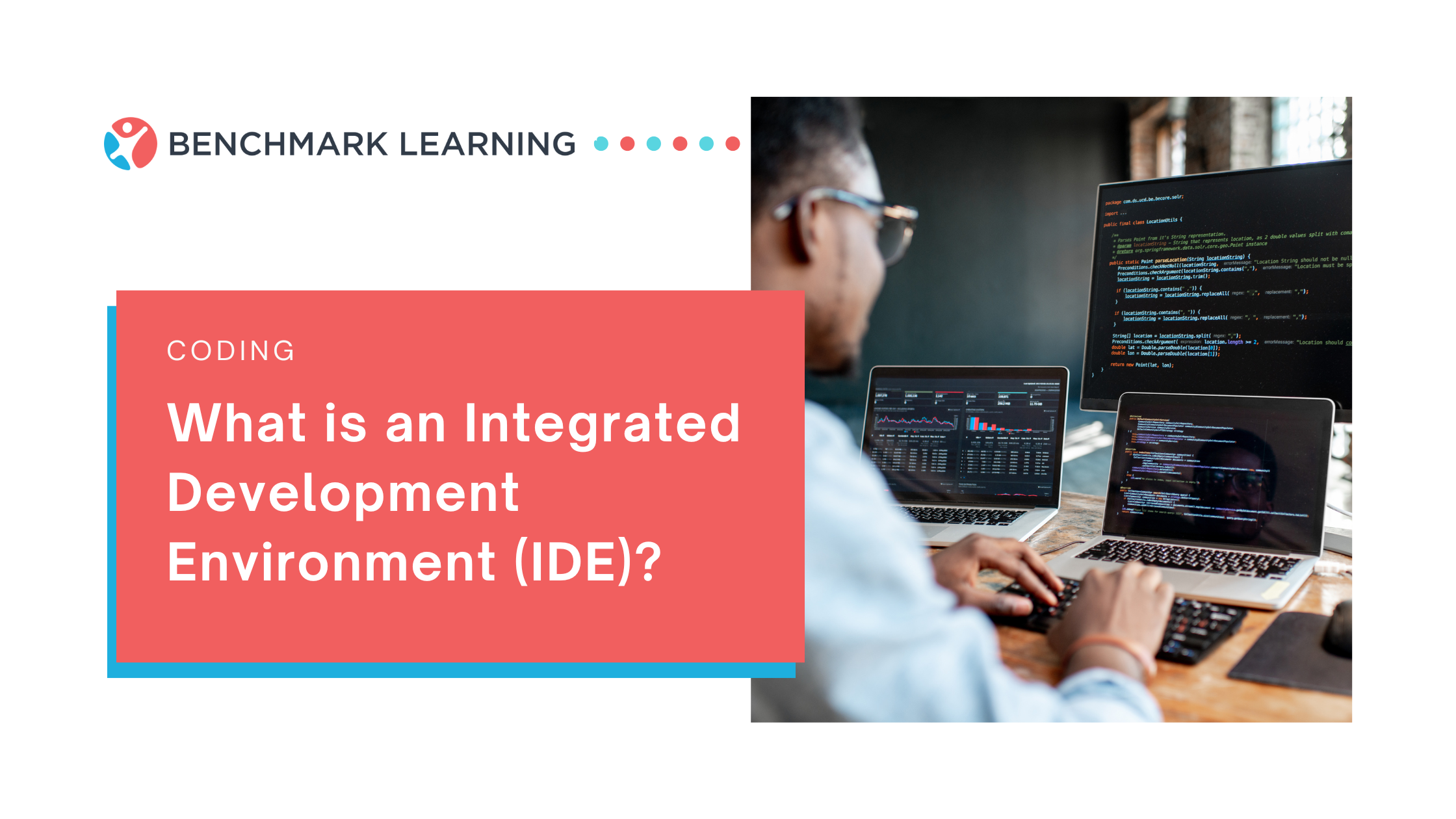
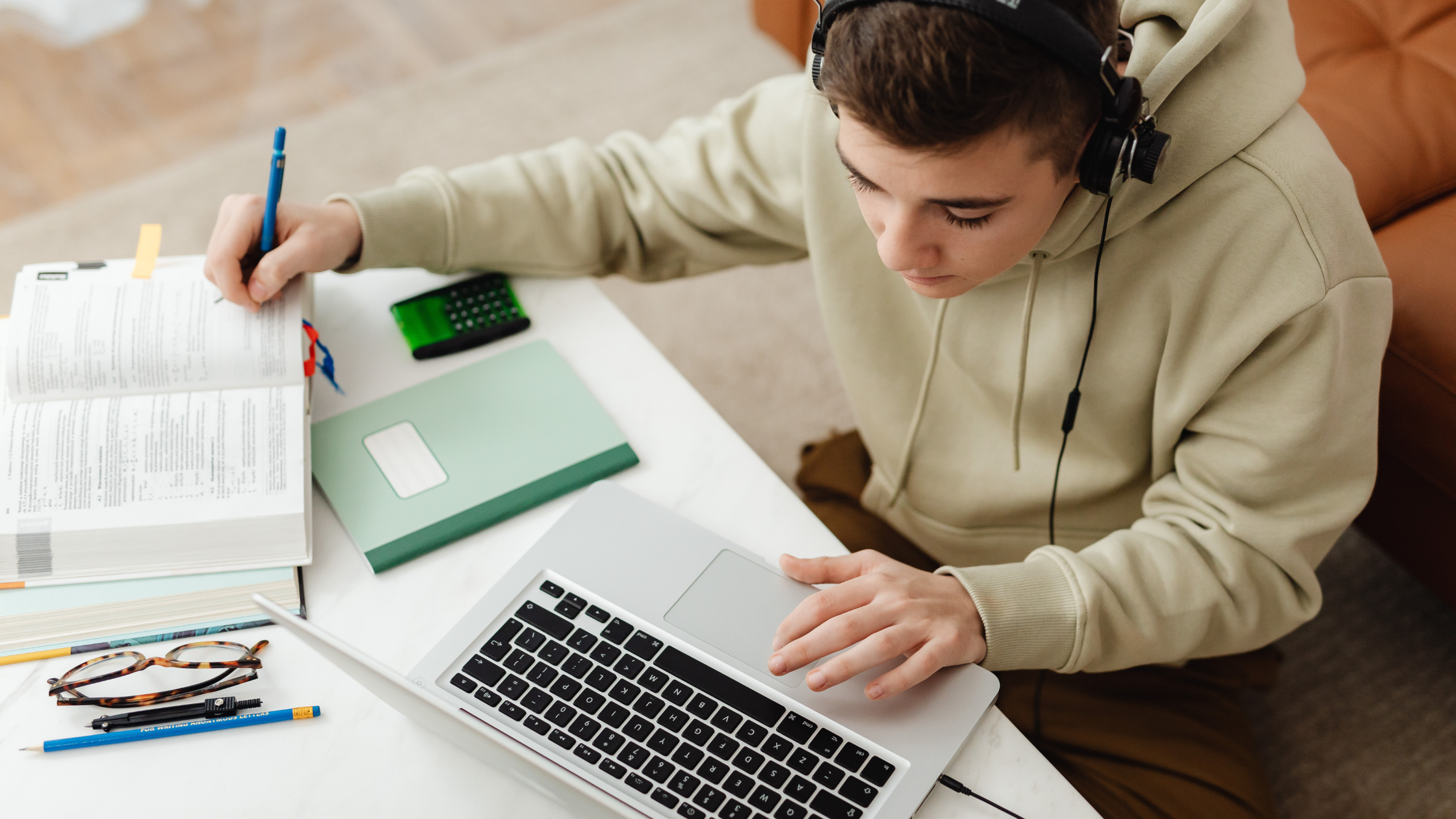
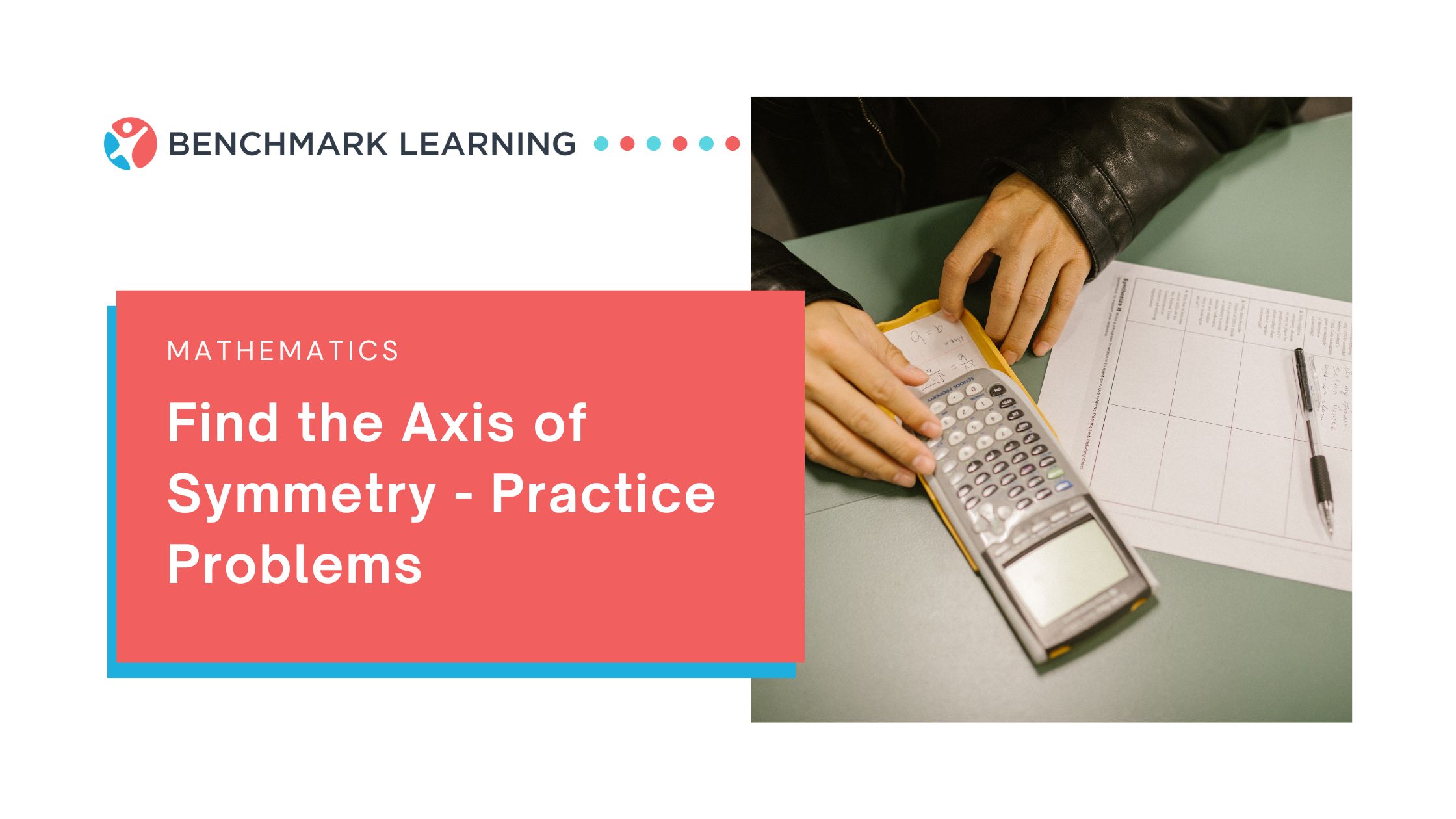

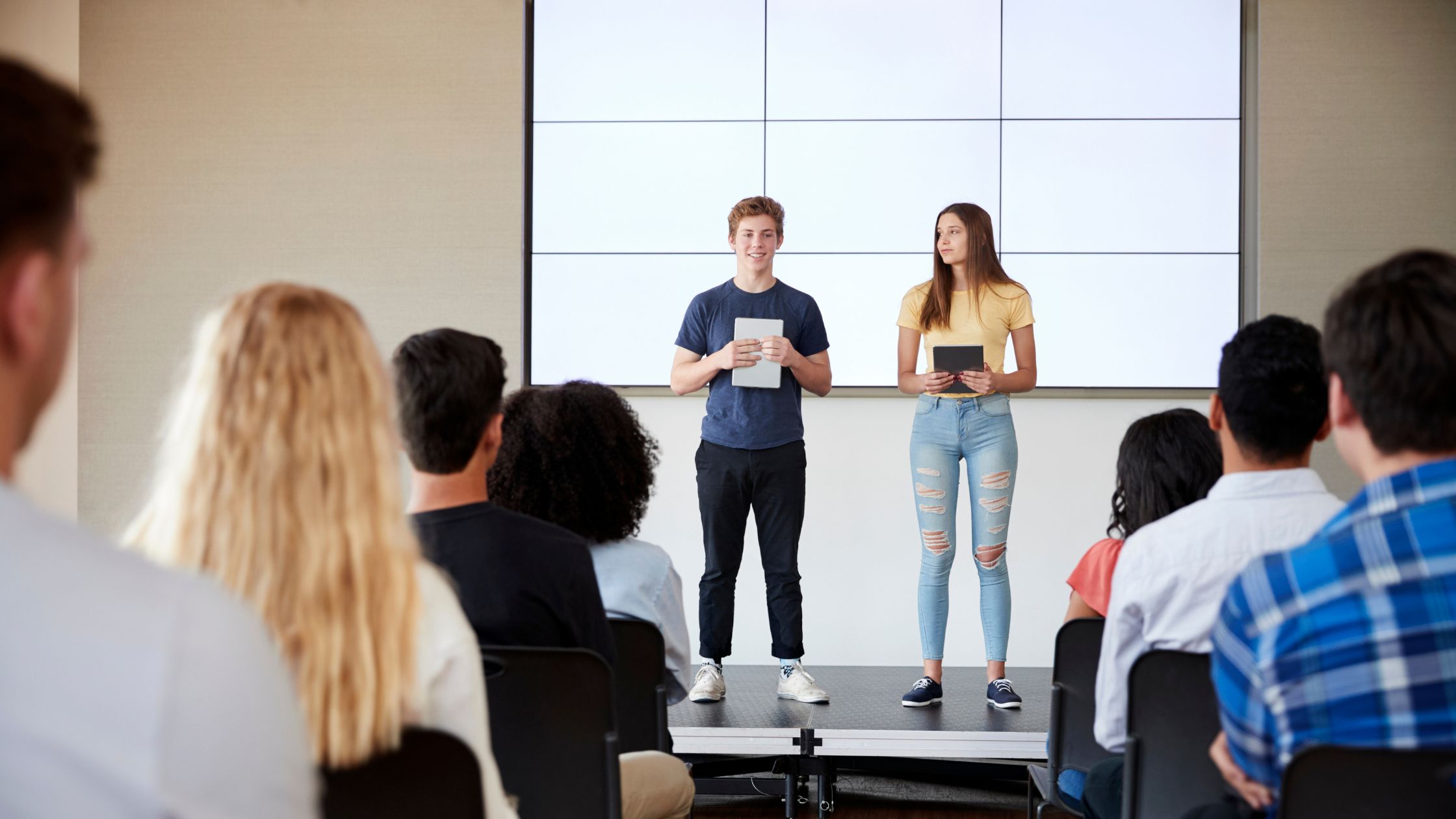
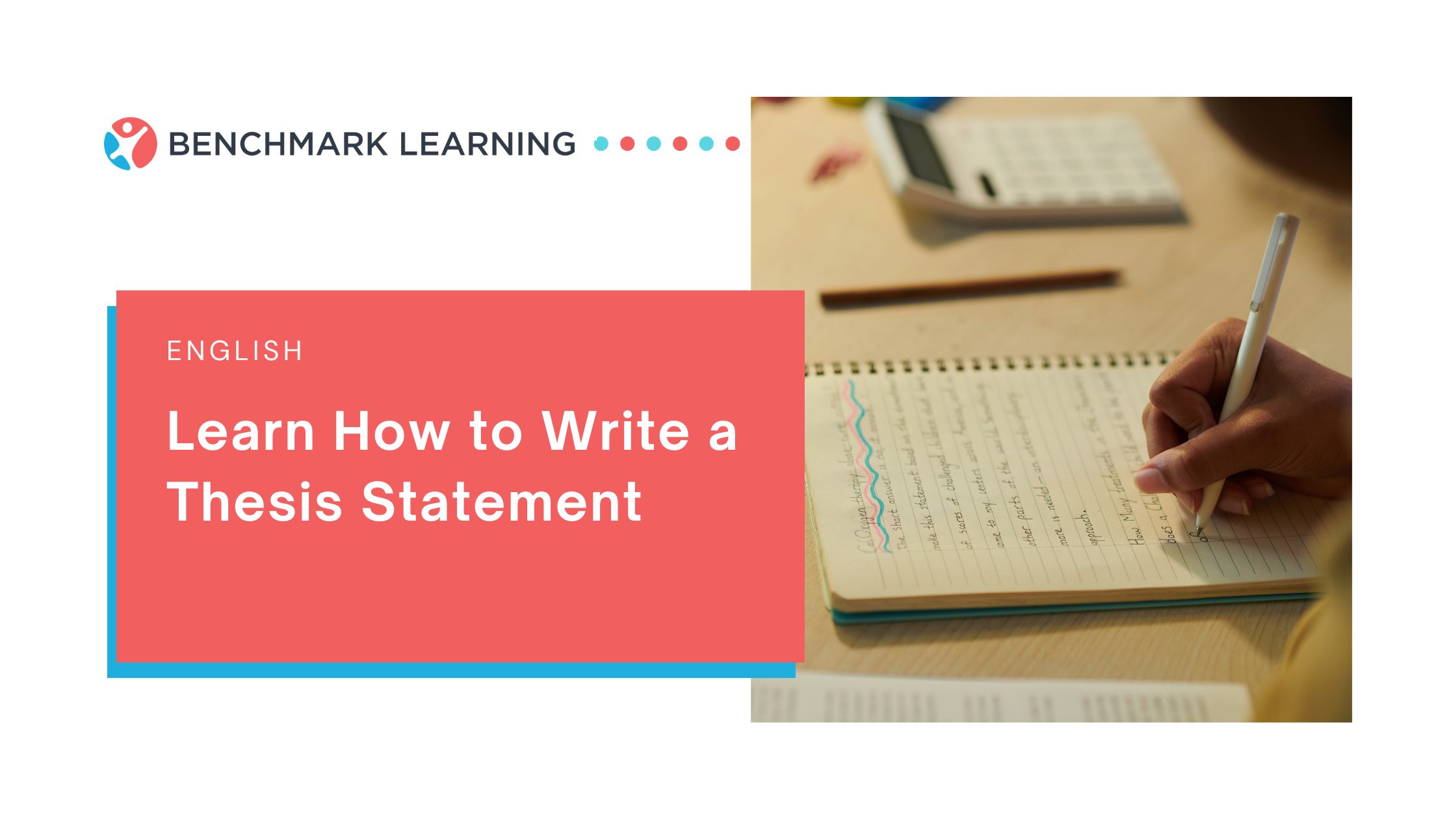
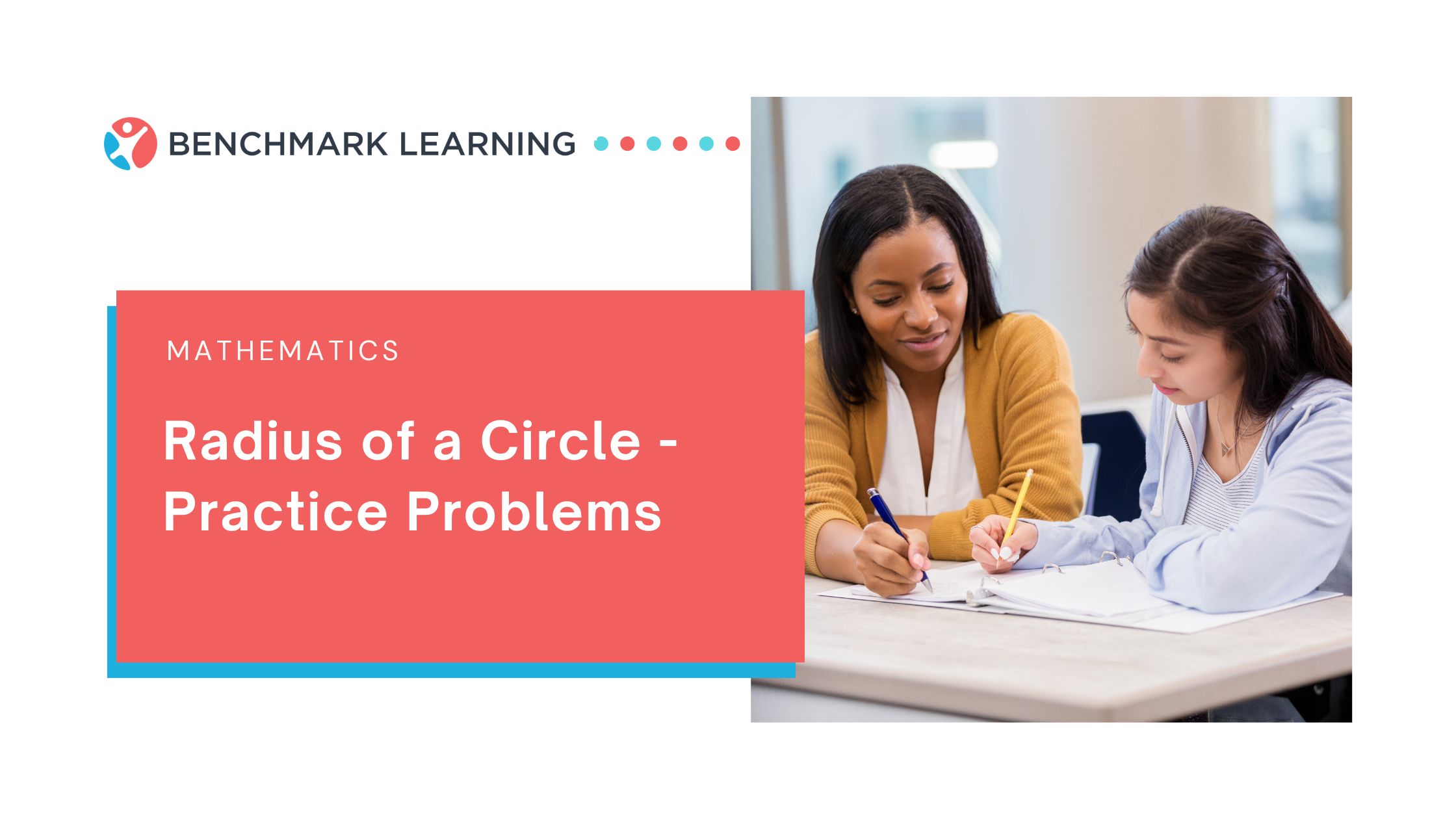
.png)
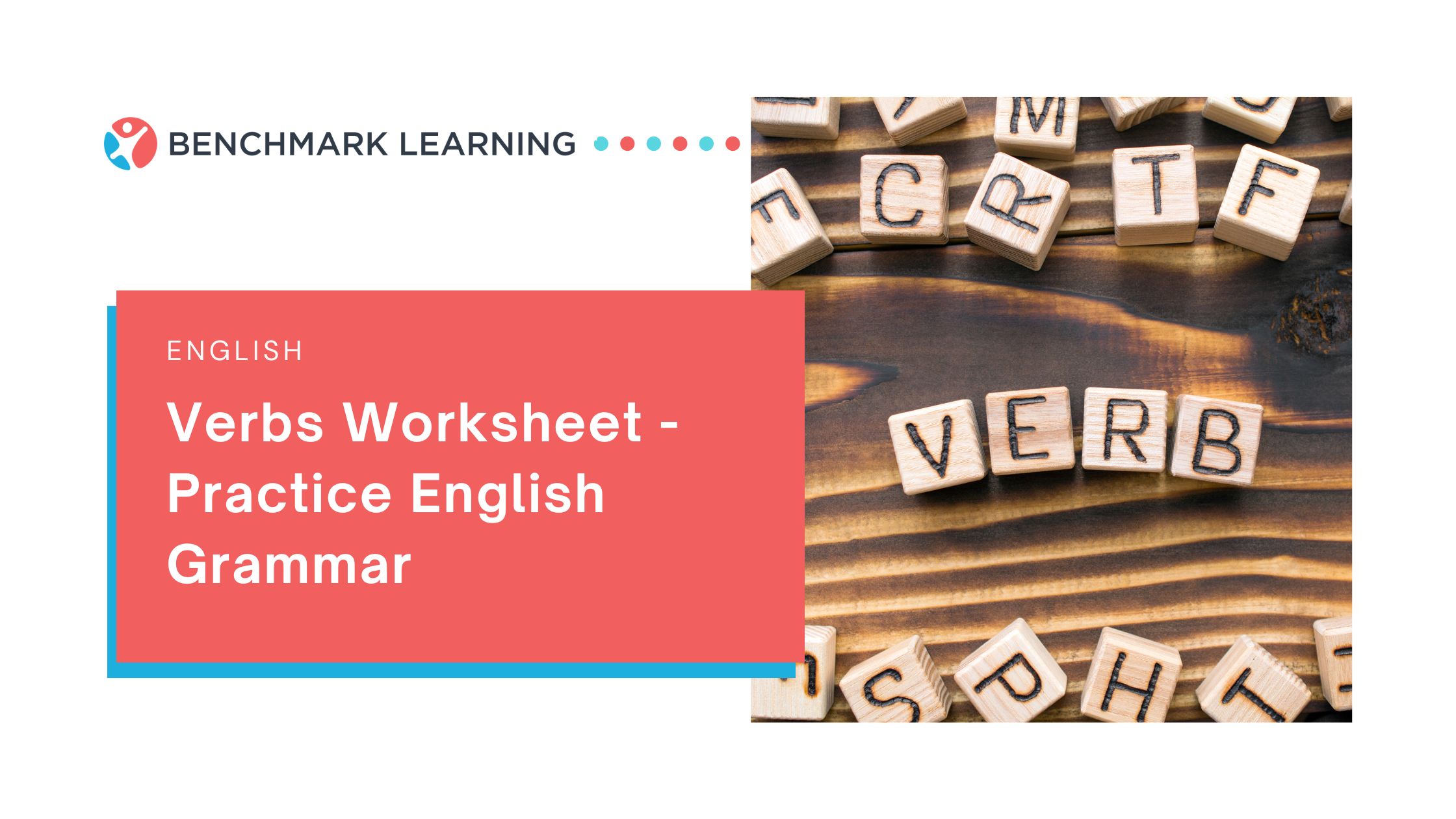


%20-%20Thumbnail.png)
.png)
